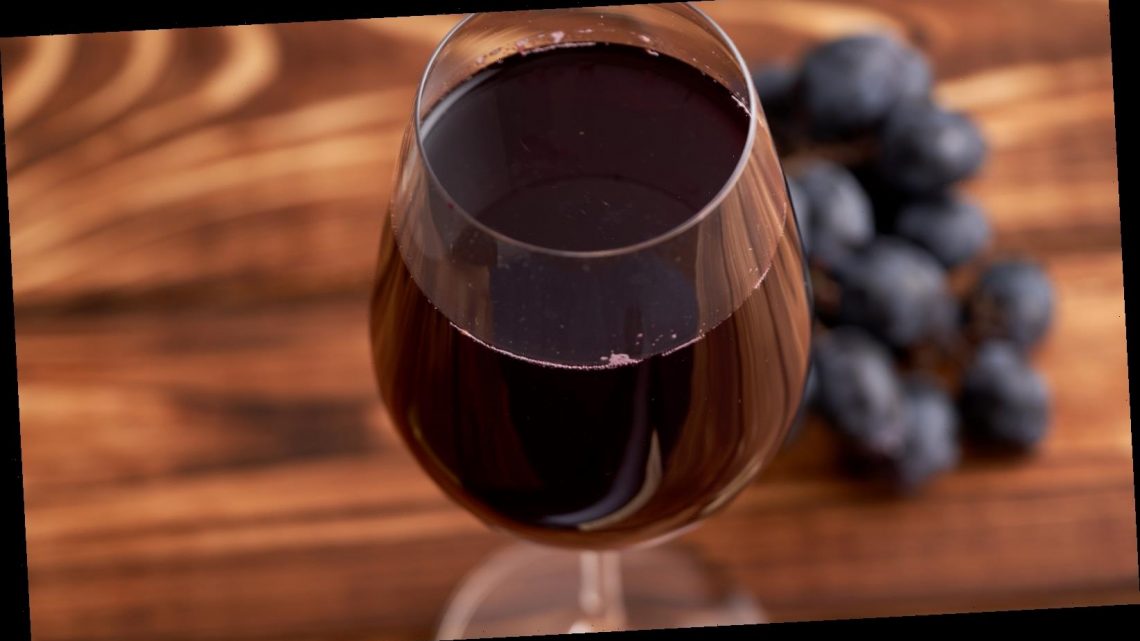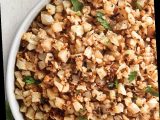
You’ve Been Storing Your Leftover Wine All Wrong
01/04/2021
Napoleon Bonaparte once said, “Nothing makes the future look so rosy as to contemplate it through a glass of Chambertin.” And if you’ve got the fortitude to keep it at a glass, the morning can be just as rosy instead of a hungover mess. But what to do with the leftovers? If popping the cork back on and leaving it on the counter has been your go-to, you may find that next glass significantly less tempting than the first. Here’s how to keep that bottle fresher for longer so you can enjoy every drop.
According to Real Simple, oxygen exposure is a double edged sword for wine. Air exposure is crucial to letting a wine open up its full flavor profile, but too much oxygen will eventually turn it to vinegar. So keeping wine fresh is all about limiting oxygen exposure.
When you store leftover wine, you want it to be someplace cold and dark according to Sommeliers Choice Awards, so the fridge is a great choice. (Though you may want to let reds come back to room temp before enjoying the next glass.) It’s also a good idea to decant the wine into a smaller bottle if you have one, to reduce the amount of air circulating near the wine. Half bottles are perfect for this, so the next time you enjoy one, try to save it for storing leftover wine. Storing it upright instead of on its side can also help minimize exposure.
How to tell when wine has gone bad (and what to do if it has)

Even with these precautions, wine is still a relatively short-lived delight and is unlikely to still be good after three days. Per Food + Wine, one of the best ways to tell if wine has gone off, is to look for changes in color, purpley reds that have gone dull or brown, or light whites that have ripened to gold usually indicate oxygenation. You should also give it a sniff to check for sour flavors and can give it a taste as well. (Soured wine won’t hurt you, it’s just not tasty.)
If the wine seems to have turned, you may not want to drink it, but that doesn’t mean you have to dump it either. The Kitchn suggests filling an ice tray with extra wine and letting it freeze before filling a bag with the wine cubes. When you need a little extra flavor and acidity (say, for turning the juices from a roast chicken into a delicious pan sauce), you’ll have splashes of wine at the ready. Martha Stewart advises using leftover wine in braises and marinades to help tenderize meat. Or, for a sweeter take you could boil it down with sugar to make a syrup for pancakes or ice cream. Considering, maybe leftover wine isn’t such a problem after all!
Source: Read Full Article

